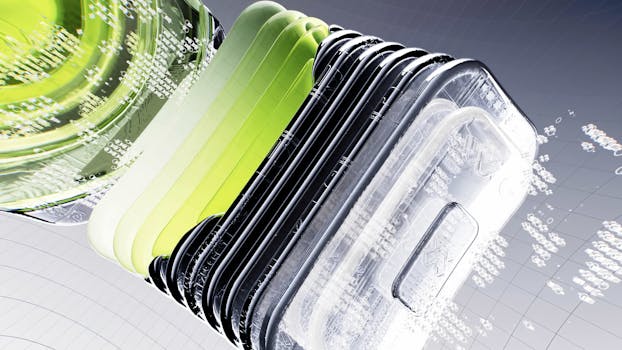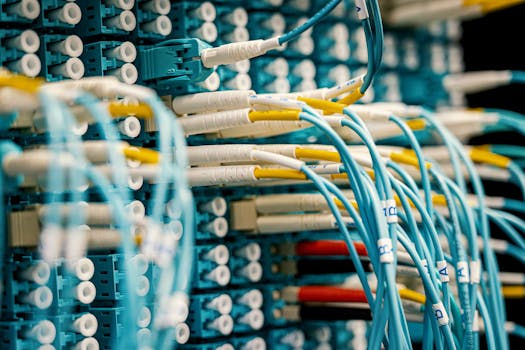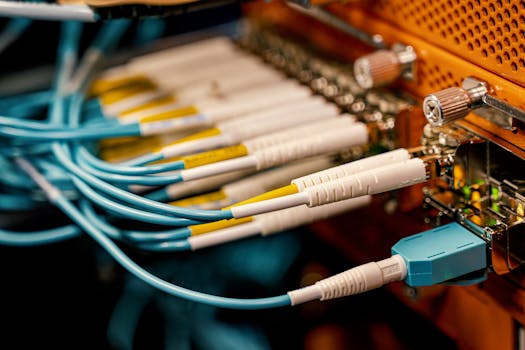Future Developments in Fiber Optic Materials and Design: Advancements and Innovations

Future Developments in Fiber Optic Materials and Design: Advancements and Innovations
Future developments in fiber optic materials and design are crucial for the advancement of optical communications. The demand for faster, more reliable, and more efficient data transmission has driven the development of new fiber optic materials and designs. In this article, we will explore the latest developments in fiber optic materials and design, and what they mean for the future of optical communications.
Introduction to Fiber Optic Materials and Design

Fiber optic materials and design have come a long way since the first fiber optic cables were introduced in the 1970s. The first fiber optic cables were made from glass or plastic fibers, and were used for simple data transmission. However, as the demand for faster and more reliable data transmission grew, so did the need for new and improved fiber optic materials and designs. Today, fiber optic materials and designs are more advanced than ever, with new developments and innovations emerging every year.
Advancements in Fiber Optic Materials

One of the most significant advancements in fiber optic materials is the development of new types of fiber optic cables. These cables are made from advanced materials such as silica, germania, and phosphorus, which offer improved optical properties and increased bandwidth. Additionally, researchers have been working on developing new types of fiber optic cables that can transmit data at speeds of up to 100 Gbps. Other advancements in fiber optic materials include the development of nanostructured fibers, which have improved optical properties and can be used for a variety of applications, including optical sensing and imaging.
Innovations in Fiber Optic Design

In addition to advancements in fiber optic materials, there have also been significant innovations in fiber optic design. One of the most notable innovations is the development of new types of fiber optic connectors, which offer improved connectivity and reduced signal loss. Additionally, researchers have been working on developing new types of fiber optic amplifiers, which can amplify optical signals and extend the reach of fiber optic networks. Other innovations in fiber optic design include the development of photonic crystal fibers, which have improved optical properties and can be used for a variety of applications, including optical sensing and imaging.
Conclusion

In conclusion, the future of fiber optic materials and design is rapidly evolving, with new advancements and innovations emerging every year. The demand for faster, more reliable, and more efficient data transmission has driven the development of new fiber optic materials and designs. As researchers continue to push the boundaries of what is possible with fiber optic materials and design, we can expect to see significant improvements in the speed, reliability, and efficiency of optical communications. Whether you are a researcher, engineer, or simply someone interested in the latest developments in fiber optic materials and design, there has never been a more exciting time to be involved in this field.




